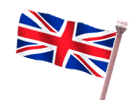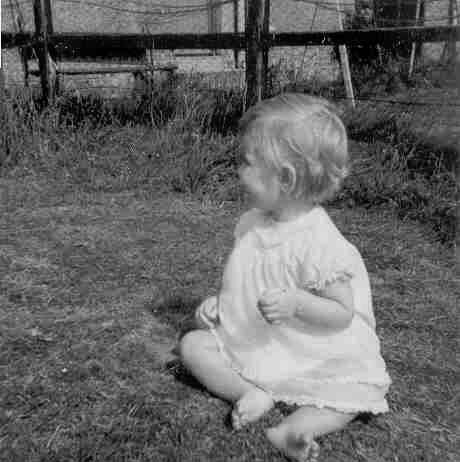
IWM� H27925
�
_%20Worthing_%20England_%204%20May%201943_i6dfk4d7ewsj7bememxwui.jpg)
IWM H28023
�
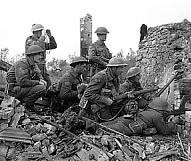
IWM H27889
 |
|||
 |
�CANADIAN� ROOTS
History of Canadian's stationed in UK The Canadian Active Service Force was mobilised on 1st September 1939 in anticipation of the declaration of war. The 1st Canadian Infantry Brigade was raised in Ontario. They embarked for the UK on the 17th December 1939 and arrived at Greenock, Scotland on the 25th December 1939. The 2nd Canadian Infantry Brigade was raised in Western, Canada. They embarked from Halifax on the 22nd December 1939 for the UK and arrived at Greenock 30th December 1939. The 3rd Canadian Infantry Brigade was raised in Quebec, they moved to Halifax and embarked 8th December 1939 for the UK and arrived at Greenock on the 17th December 1939.� As with the 1st and 2nd the 3rd moved on to Aldershot on arrival.� Further units followed and on the 7th November 1940 a major change took place. When the Military Forces of Canada were designated �The Canadian Army�.� When you drive into Aldershot the signs say �Home of the British Army� but for the next few years it would have been more true to call it, �Home of the Canadian Army�.� Some 330,000 Canadians passed through Aldershot, doing there training before taking up the defence of the UK while most of the British soldiers were away. From the autumn of 1941 to early 1944 the defence of the UK and particularly the Sussex coast was largely in the hands of the 1st Canadian Army. This was the largest force of British Commonwealth troops ever to be quartered in the UK at one time. The 1st, 2nd and 3rd Canadian Infantry Divisions and other formations spent many months in Sussex. Together with British troops, they became involved in a series of large-scale and highly testing exercises across Southern England. As the months and years went by these exercises became less and less concerned with training for the defence of the UK against enemy invasion, but more and more with a cross-channel offensive for the liberation of Europe. In the summer of 1942 disaster overtook the 2nd Canadian Infantry Division, a formation then largely based in Sussex. They set out from Newhaven, Shoreham and the Solent ports on the 18th August for what was by far the biggest cross-channel raid of the war. They were to meet such murderous enemy fire on the beaches of Dieppe the next morning that many were mown down within a few yards of leaving the landing craft. Out of a total raiding force of some 6,000 men � including some British Commandos, no fewer than 3,367 were killed, wounded or captured. Some units sailed from the UK on the 28th June 1943 and landed in Sicily on the 10th July 1943, but most Canadians stayed in the UK getting ready for D-Day.� Most of the Canadian troops spent some time in Scotland training but returning to southern England. Although most were based in southern England some units were based in Colchester, Northampton, in fact anywhere in the UK. The R.C.A.F. was also based all over the UK as was the R.C.N. The people of the UK were very pleased to see them as we felt safe having them around, local children loved them.� Some Canadians spent five years in the UK in training, some married, many more had partners and some 22,000 children were born to Canadian fathers. � � � � � � � |
 |
|
 |
|||
|
� Canadian Roots UK� is a non-profit, self-help group for families and Canadian� military fathers� separated during WWII.� We help members to help themselves try and trace their fathers in Canada. ��������� Copyright- 2008� - 2016� Pam Vowles (www.canadianrootsuk.org)� All Rights Reserved |
�
�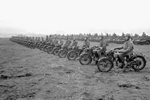
���������������� IWM� H14341
������������

����������������� IWM H27933
�
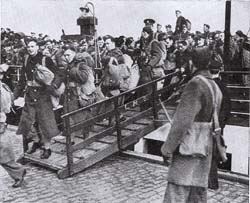
������������������ IWM H27835
�Photo's on this page are from the Imperial War Museum, London. Images may not be copied without the permission of the Imperial War Museum.
� Images copyright Imperial War Museum. For information on the Imperial War Museum� http://www.iwm.org.uk/
�
